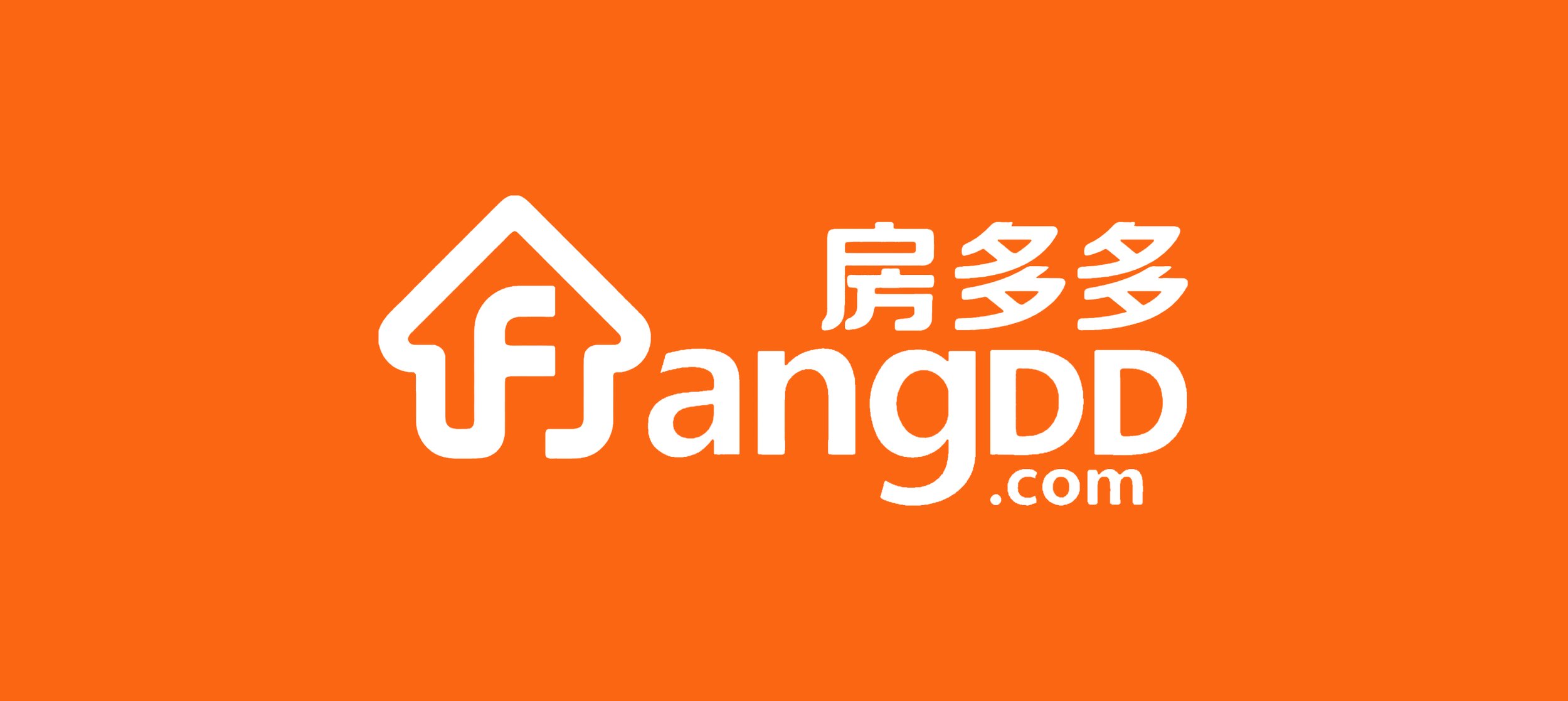
FangDD.com
Optimise the user experience of FangDD product and formulate UI component
OVERVIEW
Experience optimisation and visual upgrade of the cumbersome information architecture.
Fangdd Network Group Ltd. (NASDAQ: DUO) is a leading PropTech company in China, focusing on providing real estate transaction digitalization services.
In order to simplify the traditionally cumbersome processes in real estate transactions and to conduct business efficiently, I worked as a product designer to optimise the IM experience and develop the UI component.
Role
Senior Product Designer
Visual Designer
Tools
Sketch
Figma
Principle
Timeline
1 month
Instant Message User Experience Upgrade
Let the real estate consultation be more simple, direct, and fast.
BACKGROUND — BUSINESS REQUIREMENTS
The data shows that more than 35.1% of users on average use the Instant Message feature during the property buying process, so Instant Message is an essential part of the property transaction process.
BACKGROUND — USER DEMANDS
Problems are identified through daily user feedback, feedback from various departments of the company and design self-inspection.
COMPETITOR ANALYSIS
I selected three competing products from the categories of real estate and e-commerce, sorted out the product structure and functions, analyzed them based on user experience, summarized the commonalities and characteristics of the products, and gained insight into our product to find opportunities.
CORE PROBLEM
We identified and prioritised existing product problems and relative solutions based on business requirements, user feedback and competitor analysis findings.
DESIGN GOALS
INSTANT MESSAGE PAGE
INSTANT MESSAGE PAGE
INSTANT MESSAGE PAGE
SERVICE RATING
PUSH NOTIFICATIONS TO REPLY
PUSH NOTIFICATIONS TO REPLY
UI COMPONENTS
DATA VALIDATION
REFLECTION
In my opinion, the consulting function directly serves the user, visually reflects the product tone and service attitude, and supports the sale of the property. Therefore I had been stressing the importance of optimising the IM experience even before the launch of the project.
Finding design solutions from potential data.
I conducted multi-dimensional data collection at the beginning of the project, including business requirements, user requirements and competitor analysis. This data was used to guide the design to ensure that it would realistically and reasonably meet user needs and business requirements.
The design of IM had been optimised, not only for the experience flow but also for the emotional design.
Experience design is user-centred, so while optimising processes, I also pay a lot of attention to emotional design. The emotional design is reflected in colour comfort as well as anthropomorphic design.















